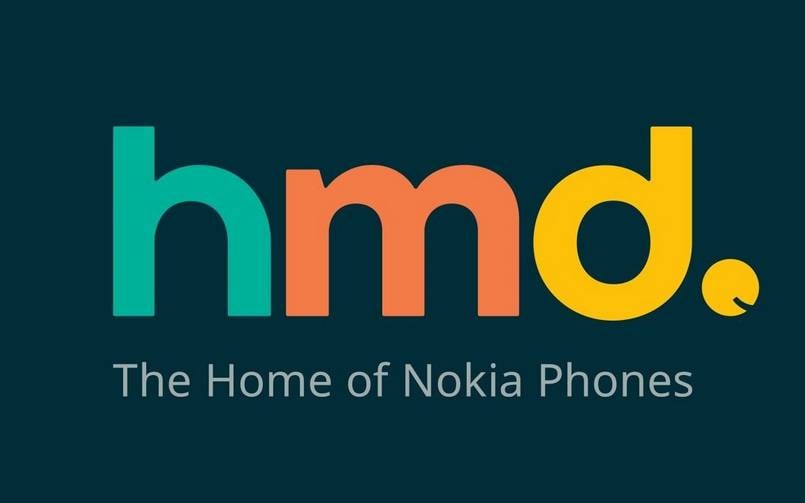The Uno Platform team has announced the general availability of Uno Platform 6.0 and Uno Platform Studio, introducing a broad set of enhancements aimed at improving developer productivity and cross-platform performance.
As stated in an official blog post, Uno Platform Studio is built on top of the open-source Uno Platform, and it delivers an easier development workflow for developers to build and ship .NET applications more efficiently using a single codebase.
One of the major highlights is Hot Design, a runtime visual designer now reaching general availability. Hot Design allows developers to pause a running application, visually edit the UI, and resume the session without restarting. This approach differs from traditional WYSIWYG tools by offering live editing of complex UIs directly within the application.
Uno Platform 6.0 introduces support for a unified Skia-based rendering engine across all platforms — including iOS, Android, WebAssembly, Windows, macOS, and Linux — running alongside existing native implementations. This approach, as explained, brings consistent, high-performance rendering using hardware acceleration across devices, while still allowing native rendering paths where applicable.
Regarding the performance and improvements, the team stated the following:
Uno Platform 6.0 is the best and the fastest Uno Platform yet, which now comes with a new unified rendering engine which provides massive improvements on app startup times, and hyper-performance on UI rendering – up to 75% smaller footprint, 60% faster startup, 30% less memory and 45X faster to run.
According to the Uno team, startup times have improved significantly. The official blog post stated the tests on an iPhone 13, which showed a drop from 1.5 seconds to 0.49 seconds. The rendering engine also reduces application footprint by up to 75%, improves startup speed by 60%, lowers memory usage by 30%, and boosts execution speed up to 45 times.
Additionally, the release introduces support for new components and features. A cross-platform MediaPlayerElement is now available, enabling video playback across all platforms using platform-specific backends such as libvlc and native players. WebView2, which allows navigation to web content and integration with JavaScript, is now supported on all targets, including a new GTK4-based implementation for Linux.
Significant progress was also made on application size and deployment optimizations. The Windows backend now supports a Win32 implementation instead of WPF, allowing for full IL trimming and reducing the size of self-contained apps by 100 MB. Combined with new XAML and resources trimming support for iOS and desktop targets, blank app sizes have been, as reported, reduced by 74% on Windows and 21% on iOS. These reductions also lead to a 35% improvement in build times when using ahead-of-time (AOT) compilation.
With this release, the team also introduced a new Uno.WinRT package, which exposes a wide range of non-UI cross-platform APIs for filesystem access, sensors, media handling, and hardware devices. By separating UI and non-UI capabilities, developers can now build libraries that rely solely on runtime features without including UI dependencies, simplifying cross-platform targeting and reducing package overhead.
As stated by the Uno team, the platform remains open source and free under the Apache 2.0 license. Core features, including development tools and critical components like DataGrid and WebView2, are guaranteed to stay open. Premium tooling, such as Uno Platform Studio, provides optional commercial support and enhancements while sustaining the development model.
Other changes in this release include improvements to Automated App Packaging, deprecation of UWP support, enhanced tooling integration, and more.
For interested readers, full release notes detailing all updates and changes are available on the official Uno Platform website.









